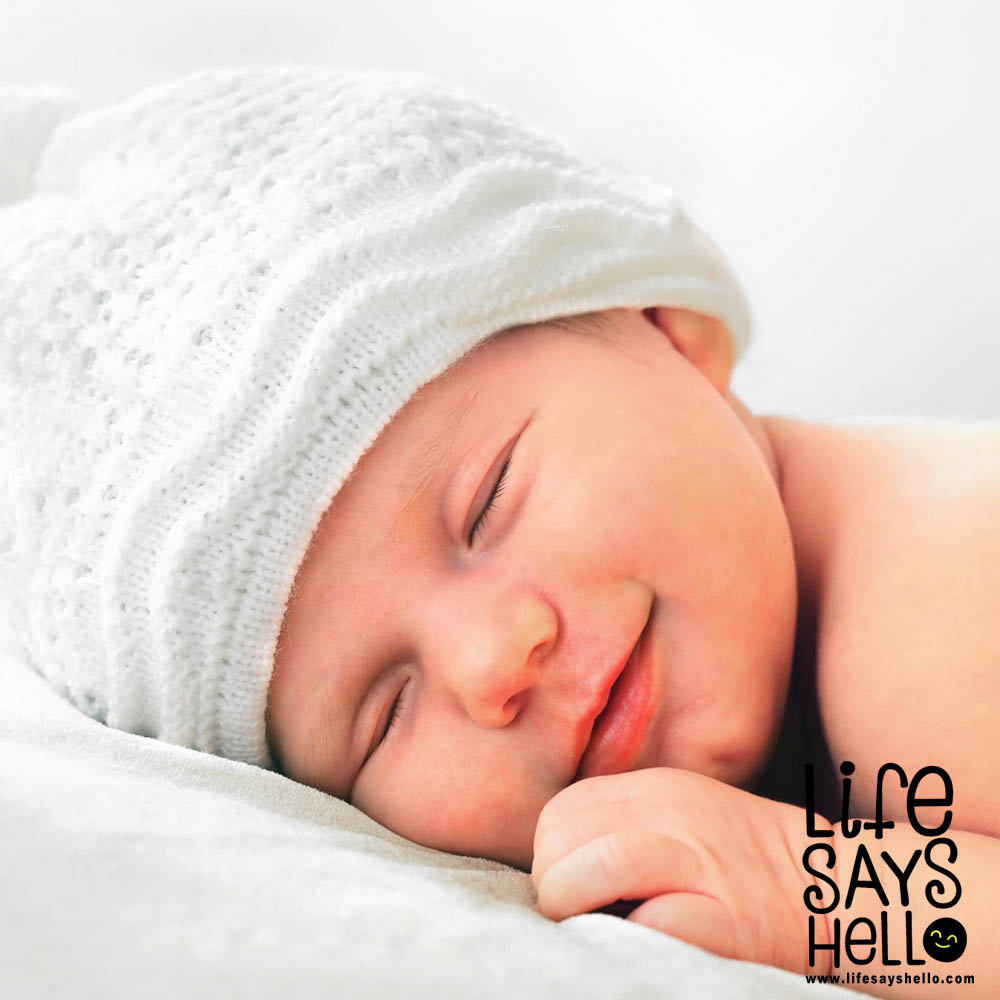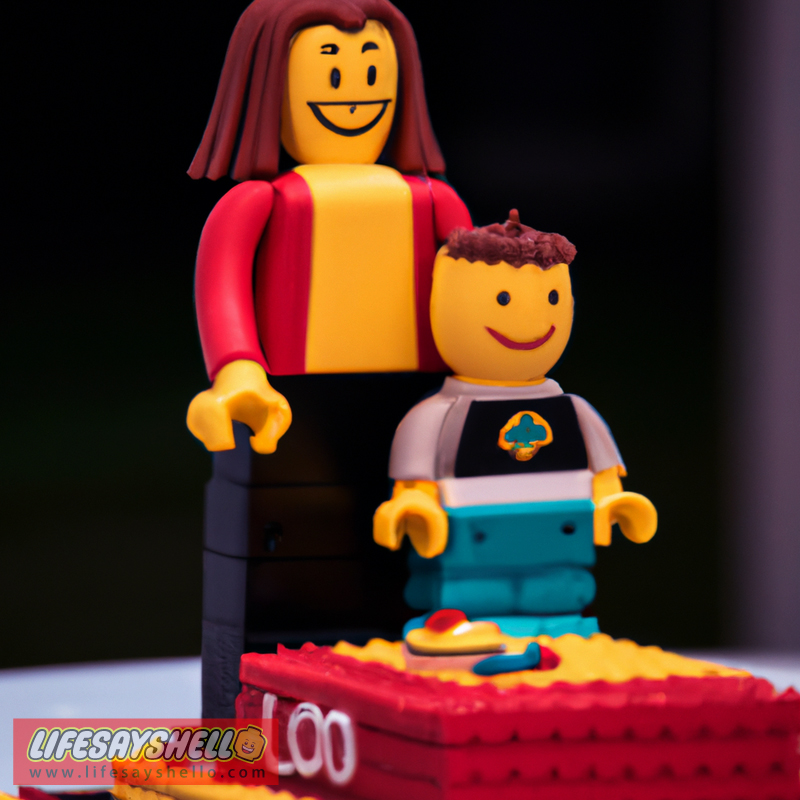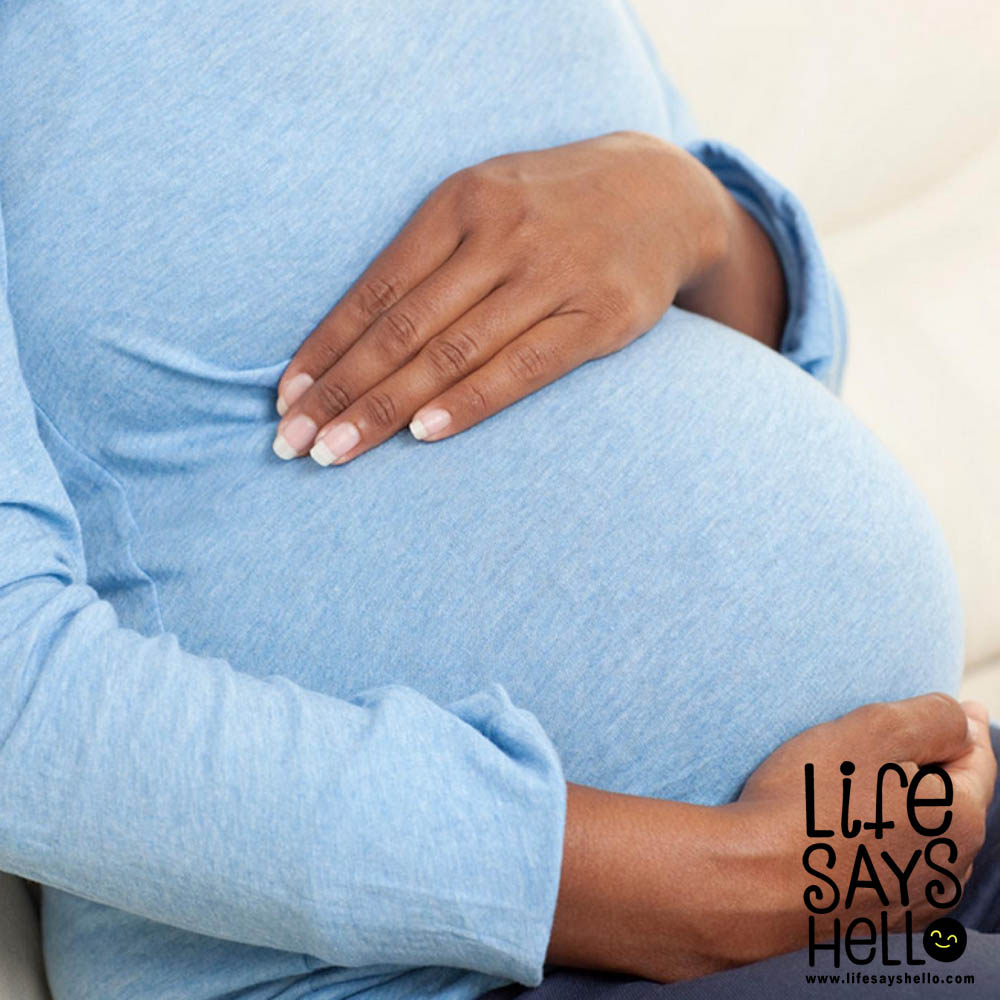When Do Babies Make Eye Contact: Understanding the Developmental Milestone

Eye contact is an essential aspect of social interaction and communication, and it plays a critical role in human development. For babies, making eye contact is a significant milestone that indicates their cognitive and social abilities.
It is the first step in building emotional connections, and it helps babies learn about the world around them. However, babies’ ability to make eye contact develops over time, and parents often wonder when they should expect their little ones to start making eye contact.
In this article, we will explore the developmental milestones associated with eye contact in babies, common concerns parents have about their baby’s eye contact, and ways to encourage and support positive eye contact in babies.
When Do Babies Make Eye Contact - Developmental Milestones
Eye contact is a crucial component of social development, especially during the early stages of infancy. For most babies, eye contact begins to develop between six and eight weeks of age. At this stage, babies will start to become more aware of their surroundings and will begin to focus on faces and facial expressions. They may also begin to track objects with their eyes and respond to sounds.
Between two to three months, babies become more socially engaged with their environment, which includes making more eye contact. Babies start to look directly at their parents or caregivers, particularly during face-to-face interactions and while being talked to in a soothing tone. The length of time they hold eye contact may vary from seconds to a minute.
At four to six months old, babies’ eye contact skills improve, and they will look directly at people and follow their movements more actively. They begin to recognize familiar faces and can distinguish them from strangers. They may also start to imitate facial expressions and respond to visual and auditory cues.
Between seven and nine months old, babies’ eye contact is well developed, and they use eye contact to communicate their needs and desires more effectively. They also engage in joint attention with others, which involves sharing their focus on an object or event with people around them. Babies will begin to coordinate their social behavior more explicitly with their eye contact, and they may use eye contact to initiate interactions or maintain attention for more extended periods.
Common Concerns about Babies’ Eye Contact
While eye contact is a significant milestone in babies’ development, parents may have concerns about their baby’s eye contact and social engagement skills. Some common concerns that parents may have include:
Lack of eye contact: If a baby does not make eye contact or seems to avoid eye contact, it can be alarming for parents. There can be several reasons for this, including developmental delays, sensory processing sensitivities, or undiagnosed vision impairment. The best course of action is to seek professional advice from a pediatrician or an eye doctor if there are any concerns.
Overstimulation: Babies can become overwhelmed by sensory input and may withdraw or avoid eye contact in response. Parents can help by providing a calm and sensory-friendly environment for their babies, and by giving their babies breaks from overstimulating situations.
Lack of response: Sometimes babies may not respond to visual or auditory cues, which can be a sign of a developmental delay or hearing impairment. Again, seeking professional advice can help identify any underlying issues that need attention and support.
Ways to Encourage Positive Eye Contact in Babies
Parents can take several steps to support and encourage positive eye contact development in their babies. Here are some helpful tips:
Face-to-face interaction: Regular face-to-face interactions provide a platform for babies to practice making eye contact. Parents can engage their babies in social games such as peek-a-boo or patty-cake.
Smile and talk: Responding to their baby’s gestures and cooing with smiles and talking helps to reinforce positive social behavior. This will help babies learn to make eye contact and develop their social skills.
Playtime: Playtime is an excellent opportunity for babies to practice their eye contact skills. Parents can introduce games that require their babies to follow movements and gaze between the object and their parents’ eyes.
Touch and hold: Holding and touching babies help build trust and intimacy which can lead to positive emotional development and increased eye contact in babies.
Conclusion:
Eye contact is a crucial developmental milestone for babies, and it plays an essential role in building social connections and communication skills. While eye contact development varies from baby to baby, parents can help encourage and support their babies’ development through regular face-to-face interactions, playtime, smiling, talking, and touch. If there are any concerns about a baby’s eye contact or social skills, it is best to seek professional advice to ensure appropriate support and care.




Comments